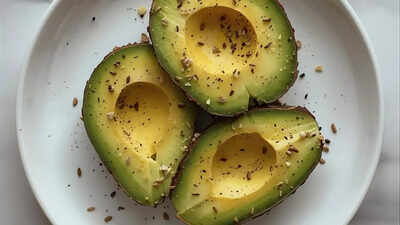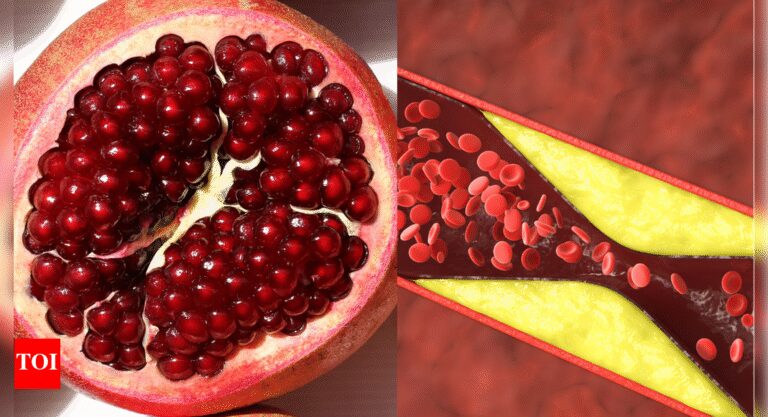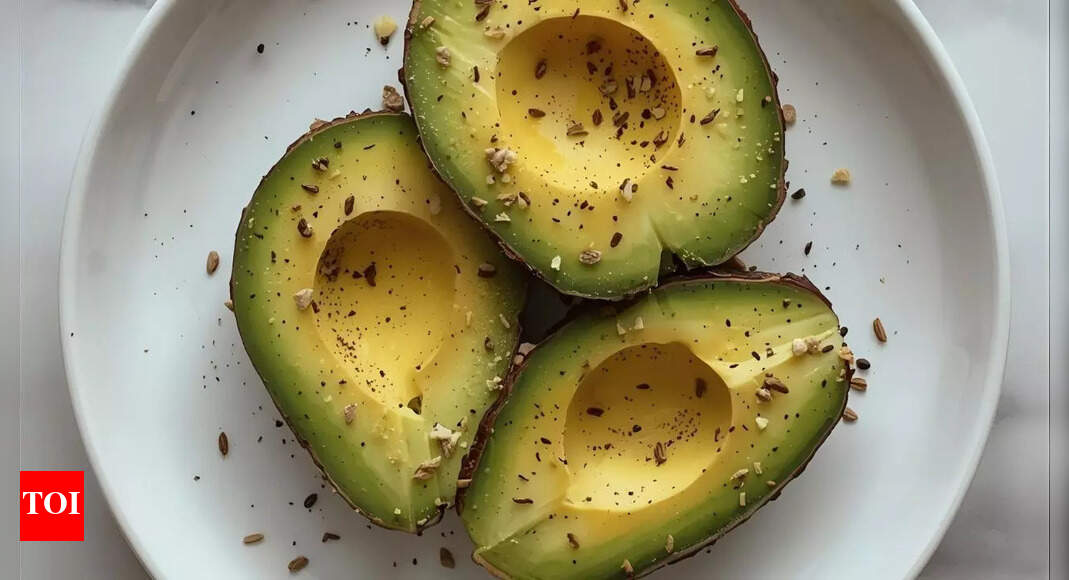
There’s nothing more frustrating than slicing into a perfectly ripe avocado only to watch it turn brown within minutes. That sudden discoloration is not a sign that your avocado is spoiled. It is a natural chemical reaction called enzymatic browning. When the flesh is exposed to oxygen, an enzyme called polyphenol oxidase (PPO) reacts with phenolic compounds, producing melanin, the pigment responsible for the brown color. This process is well-documented in scientific literature, including a study by PubMed that revisits the role of PPO in avocado browning, highlighting its significance in fruit processing and food science research.While brown spots might look unappetizing, they are usually harmless, and the green flesh underneath is perfectly fine to eat. With a few simple tricks, you can slow down the browning process and keep your avocado fresh and vibrant for longer. From squeezing citrus juice to storing it properly, these easy tips make sure your avocados stay green, tasty, and ready to enjoy. In this article, we will explain why avocados brown so fast, share expert strategies to prevent it, and discuss when it is still safe to eat them.
How avocados turn brown
Avocado browning happens because of enzymatic reactions. When the fruit is cut or bruised, oxygen in the air interacts with polyphenol oxidase and phenolic compounds in the flesh. This produces melanin, the brown pigment that appears on the surface. The process is similar to what happens in apples or bananas. While it affects the appearance and taste, it usually does not indicate spoilage. The fruit is still safe to consume as long as it smells fresh and shows no signs of mold.
Poll
How do you usually keep your avocados fresh?
7 effective ways to keep avocados fresh
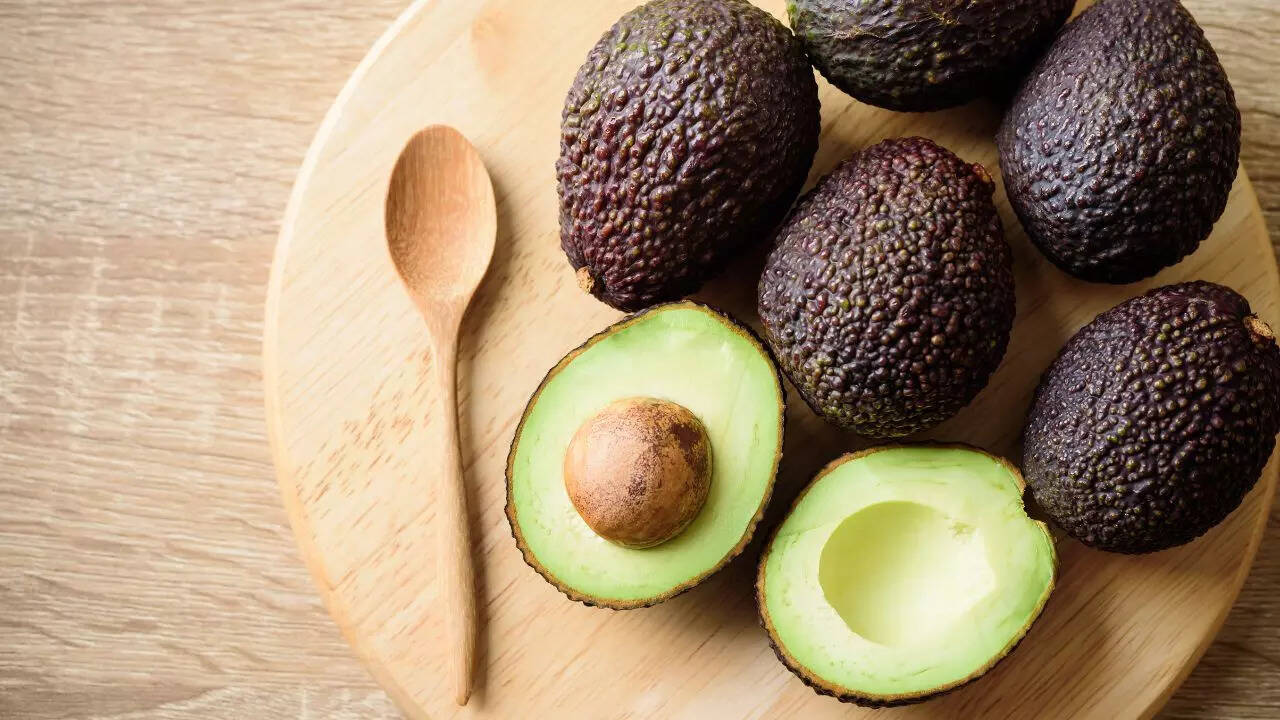
Understanding why avocados brown allows you to use simple strategies to slow the process. Here are seven effective ways to maintain freshness:
Add citrus juice
Applying lemon or lime juice to the exposed flesh of an avocado can significantly delay browning. The citric acid lowers the pH, inhibiting the activity of polyphenol oxidase and slowing oxidation.
Use airtight containers
Storing cut avocados in airtight containers minimizes oxygen exposure, which is essential for slowing enzymatic browning. This method works well for mashed avocado or guacamole.
Keep the pit in
Leaving the pit in the unused half can reduce browning. While it does not prevent oxidation completely, it limits the surface area exposed to air, helping preserve the green flesh for longer.
Submerge in water
Placing the cut avocado in a container of water creates a barrier between the flesh and oxygen. Refrigerating it this way can slow browning, although it may slightly change the texture.
Wrap tightly with plastic wrap
Pressing plastic wrap directly onto the surface of the avocado eliminates air pockets, reducing oxygen exposure and slowing the browning process. This simple method works for both halves and slices.
Store with onion
Adding a slice of red onion to the container with the avocado can help prevent browning. The sulfur compounds released by the onion act as natural antioxidants, slowing enzymatic reactions.
Use specialized products
There are commercial products, such as avocado savers and sprays, designed to reduce browning. These often contain ascorbic acid or other antioxidants that inhibit oxidation.
When is a brown avocado safe to eat
Brown spots on avocado are usually harmless. You can scrape off the discolored layer to reveal the green flesh underneath. However, if the avocado smells off, shows mold, or has an overly mushy texture, it is best to discard it
Tips for prolonging avocado freshness
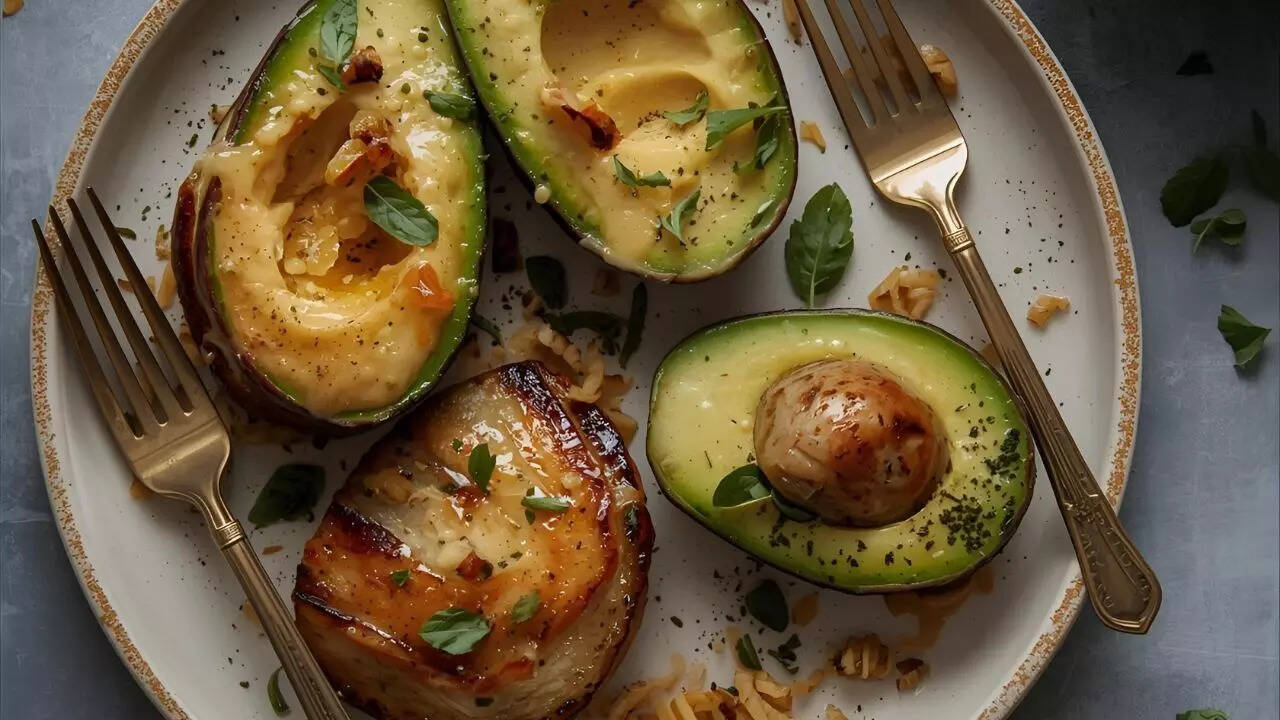
- Refrigerate promptly: Keep cut avocados in the fridge to slow enzymatic activity
- Mash and store: For guacamole, store tightly covered in an airtight container
- Combine methods: Use lemon juice and airtight storage together for maximum freshness
- Plan portions: Cut only what you need to reduce the exposed surface area
Avocado browning is a natural and harmless process caused by enzymatic reactions. Understanding why it happens and implementing simple prevention techniques, such as adding citrus juice, storing in airtight containers, or using natural antioxidants, can help keep your avocados green and fresh longer. By following these strategies, you can enjoy vibrant, tasty avocados in salads, toast, or guacamole without worrying about rapid discoloration. Whether for appearance, taste, or convenience, these tips make sure your avocados stay fresh, delicious, and safe to eat.Disclaimer: This article is for general informational purposes only and is not a substitute for professional medical advice, diagnosis, or treatment. Always seek the guidance of a qualified healthcare provider regarding any medical condition or lifestyle change.Also read|7 surprising health benefits of jackfruit seeds you need to know

